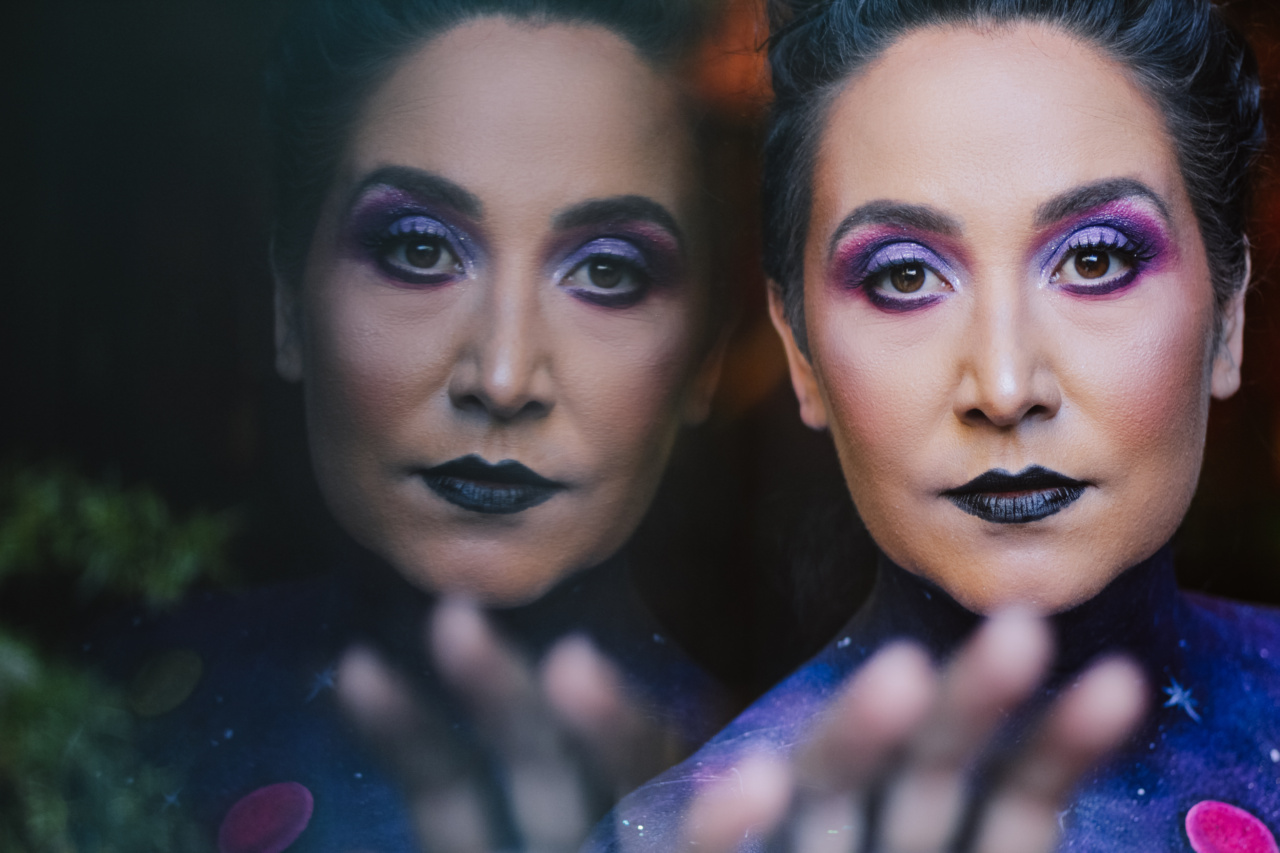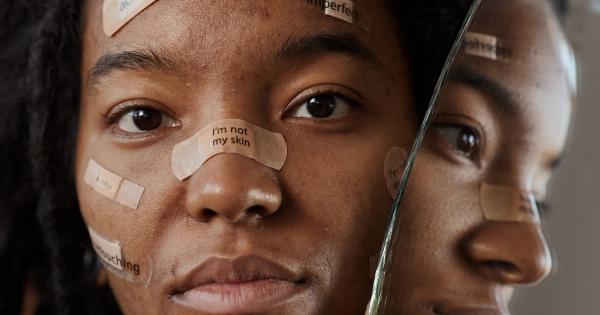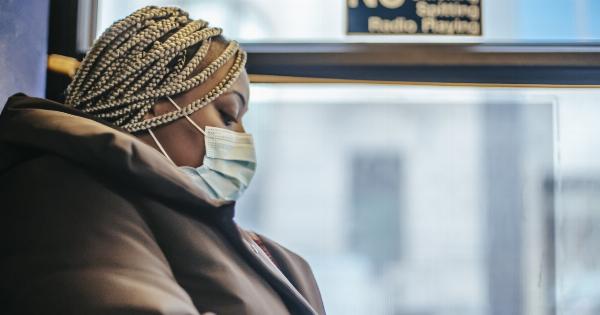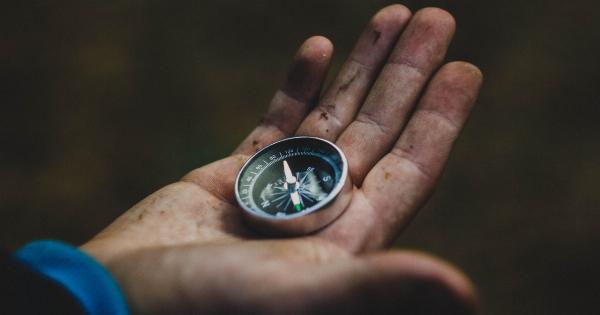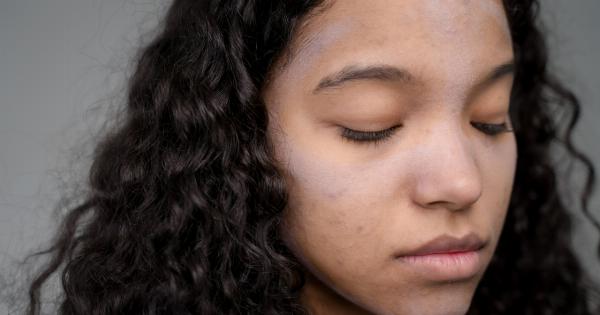Acne may be commonly associated with adolescent years, but it’s not something that disappears once you hit adulthood. Adult acne is a lot more common than you might think.
According to a study by the Journal of American Academy of Dermatology, acne affects up to 50% of adult women and 25% of adult men. In this article, we’ll uncover the mystery of adult acne and what you can do about it.
What is adult acne?
Acne is a skin condition that involves the overproduction of oil and dead skin cells that clog pores, leading to inflammation and the formation of pimples, blackheads, and whiteheads.
Adult acne refers to acne that occurs in individuals over 25 years of age, and it can appear on the face, neck, chest, back, and shoulders.
What are the causes of adult acne?
Acne in adults can be a result of several factors such as:.
Hormonal changes: Hormonal fluctuations can trigger sebum production, leading to the formation of acne.
This is why women are more susceptible to acne during their menstrual cycles, pregnancy, menopause, or while on birth control pills.
Stress: High levels of stress can lead to increased inflammation in the skin, resulting in acne breakouts.
Genetics: Genetics play a significant role in acne development. If your parents or siblings have a history of acne, you’re likely to develop it too.
Diet: Consumption of high-glycemic-index foods such as sugar, white bread, and pasta, can cause blood sugar spikes, leading to acne formation.
Skin care products: Using pore-clogging skin care products or not removing makeup properly can lead to acne breakouts.
Types of adult acne
Adult acne is classified into two types.
Comedonal acne: This type of acne is characterized by the presence of non-inflamed blackheads and whiteheads. It typically appears on the nose, chin, and forehead.
Inflammatory acne: This type of acne is characterized by inflamed pimples, cysts, or pustules that are often painful. It can occur on the face, neck, chest, and back.
How to prevent and treat adult acne
Preventing and treating adult acne requires adopting a holistic approach. Here are some tips:.
Maintain good skincare habits: Cleanse your face gently twice a day to remove dirt, oil, and makeup. Exfoliate once or twice a week with a gentle scrub to unclog pores.
Avoid using skin care products that contain alcohol or fragrances as they can cause skin irritation.
Watch your diet: A healthy diet is critical in preventing acne breakouts. Eat foods rich in zinc, vitamin A, and antioxidants such as leafy greens, nuts, and seeds. Avoid sugary and processed foods as they can trigger acne.
Manage stress: Practice stress-reducing activities such as yoga, meditation, or deep breathing. Get enough sleep and exercise regularly to reduce stress levels.
Consult a dermatologist: If your acne is severe, consult a dermatologist who can prescribe topical or oral medications or suggest other treatments like chemical peels, laser therapy, or photodynamic therapy.
The Bottom Line
Adult acne is a common skin condition that can be frustrating to deal with, but it’s not untreatable.
By adopting a holistic approach that includes healthy eating, skincare habits, stress management, and consulting a dermatologist if necessary, you can get rid of adult acne and maintain clear skin.
